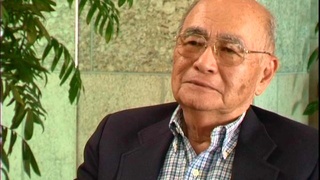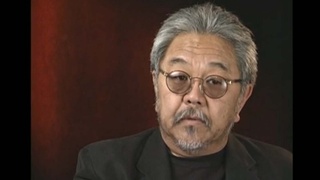Interviews
Easier to be a foreigner in Japan (Spanish)
(Spanish) In my case, when I was younger, I felt like…I felt…in Japan I felt very much a foreigner. Or I tried to feel very much a foreigner so that Japanese people wouldn’t…if Japanese people…let’s see, how can I explain this…if Japanese people see me as Japanese, in a way it’s like they treat me badly because I don’t…there are certain things that I don’t understand, which they feel I ought to understand. So then it’s much easier for me to try and be foreign than Japanese. But in the long run, over time, it’s like I’ve learned to understand them too and by understanding them I think it’s much easier, and now in Japan sometimes I don’t feel like a foreigner, though nor do I feel…you know, maybe I don’t feel that discrimination.
Date: October 7, 2005
Location: California, US
Interviewer: Ann Kaneko
Contributed by: Watase Media Arts Center, Japanese American National Museum











